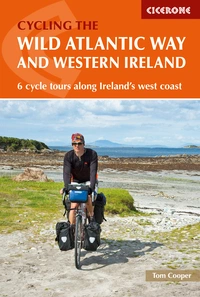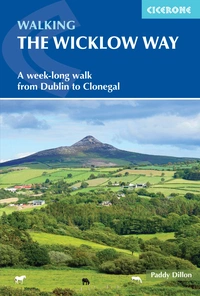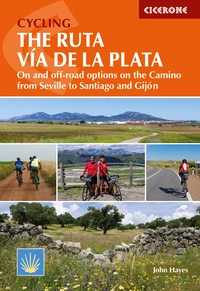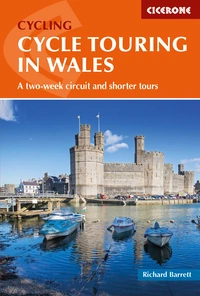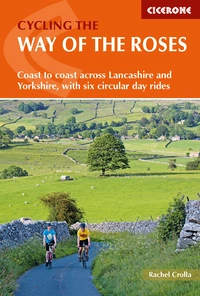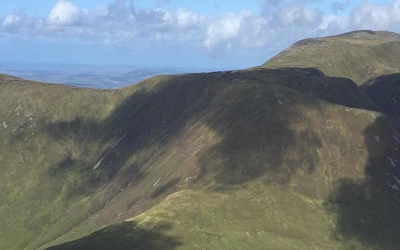Cycling in Ireland: An Intro to the Wild Atlantic Way
Ireland's Atlantic Coast is a cyclist's paradise. Quiet roads wind alongside deserted beaches and tiny harbours, before climbing over mountain passes and passing countless historic sites. Here's everything you need to know about cycling down this magnificent coast.


| What? | The Wild Atlantic Way, in six cycle tours |
| Where? | Ireland's west (Atlantic) coast |
| What's special about it? | It's the world's longest signed coastal route! |
| What are the six tours within this? | Route 1 – Tour of Donegal from Derry/Londonderry to Donegal Town; Route 2 – Into the Atlantic from Donegal Town to Foxford; Route 3 – Tour of Connacht from Westport to Westport; Route 4 – The Aran Islands and the Burren from Galway to Limerick; Route 5 – The Dingle and Kerry Peninsulas from Tarbert to Tralee; Route 6 – The Fuchsia Coast from Kenmare to Cork. |
| How long are each of the six tours? | Between 291 and 504km (181-313 miles) in length, with optional variants given. |
| How long is each stage? | Average daily stages of 55km (34 miles) that take 4-5 hours of riding. |
| How long is the entire route? | Tours can be linked together to form a 44 stage, 2450km (1522 mile) trip between Derry/Londonderry and Cork. |
| How long to complete? | Each tour can be completed in 7-10 days by any reasonably fit cyclist. |
| How hard are the routes? | Do not fall into the trap of underestimating the terrain in Ireland. The highest point in the book, the Connor Pass (Route 5, Stage 2) is only 456m above sea level – this compares to several Alpine passes at over 2700m. But rural Irish roads characteristically have many small rises and falls which sap energy and slow you down. |
| What type of bike do I need? | Bikes sold as tourers generally have a relaxed frame geometry, good clearances for mudguards and tyres, mounting points for carriers, and low gear ratios. A set of hand-built touring wheels is a good investment, especially for Ireland where the roads are bumpy. Drop handlebars are not for everyone, but they do give a choice of hand positions and can be a godsend in headwinds. Mountain bikes or mountain–road hybrids are also popular for touring, but since most of this book is on sealed roads, make sure suitable road tyres are fitted. |
| Time of year? | Best between May and September. |
| How fit do I need to be? | Experienced tourers will have a fair idea of their capabilities. Newcomers or comparative newcomers should go for a relaxed itinerary rather than trying to cram the longest possible tour into the number of days. A realistic average speed for a loaded tourer on rural Irish roads is in the range of 12–15 km/h. |
| What accommodation is available? | A good mix of hostels, camping sites and B&Bs are available on the route. |
| Route highlights? | Malin Head, Slieve League Cliffs, Achill Island, Connemara, the Aran Islands, the Burren, the Cliffs of Mohr, Loop Head, Dingle, the Ring of Kerry, Mizen Head, Kinsale... the list goes on. |
The Wild Atlantic Way and Western Ireland
6 cycle tours along Ireland's west coast
£17.95
Guidebook describing 6 cycling tours in western Ireland, based on the Wild Atlantic Way, the longest signed coastal route in the world. Each takes around 7 to 10 days, or, for the full Wild Atlantic Way experience, the routes can be combined to create a 44-stage, 2450km trip from Derry/Londonderry to Cork.
More information
